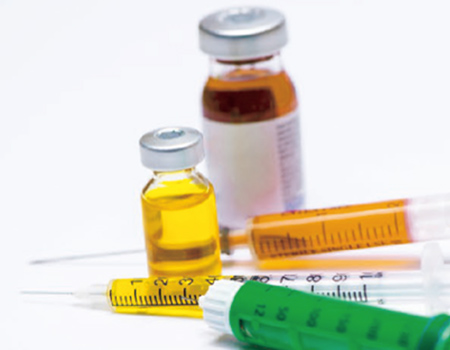About

Key Features of Novaferon
-

1Novelty
Novaferon was created using Genova’s proprietary high-potency protein engineering technology that utilizes DNA-shuffling procedures and high-efficiency functional screening methods, using 12 cDNA sequences of human interferon as gene templates. Structurally, Novaferon only shows 89% and 81% homology of DNA and amino acid sequences, respectively, to human interferon alpha 2b.
Unlike point-mutation technology that only allows for mutation of limited numbers of amino acids (and is more suitable for academic research), DNA-shuffling procedures utilized in Genova’s proprietary technology can induce extensive random mutations to large numbers of DNA fragments and the formation of new DNA sequences by random connections of these mutated fragments. The corresponding polypeptides encoded by these new DNA sequences are then produced and screened by preferred functional assays. Using this proprietary technology, Genova created a new DNA sequence that generates polypeptides that exhibit greatly enhanced antiviral and anti-proliferative activities and strong immunomodulating functions. This new DNA sequence was selected from a new gene library and named Novaferon. -
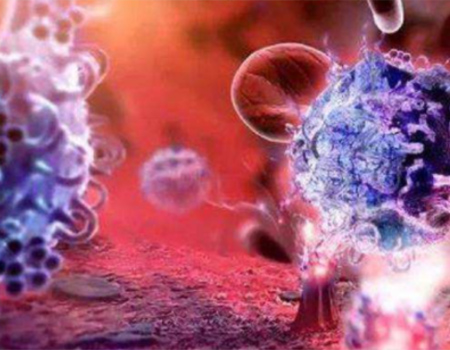
2Ultra-potent functional activities
The functional activities of Novaferon are at least 10 times more potent against viruses, and 100 times more potent against proliferation, than human interferon.
-
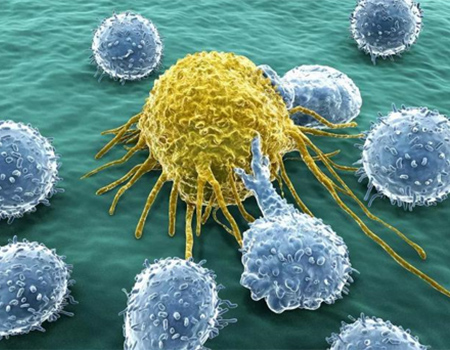
3Broad-spectrum antiviral effects and immunomodulating functions
Novaferon exhibits very potent, broad-spectrum antiviral effects against a variety of viruses, including the hepatitis B virus, hepatitis C virus, avian influenza virus, HIV, SARS-CoV and SARS-CoV-2. With its broad-spectrum antiviral effects, Novaferon has the potential to be used as an antiviral agent against some of the most threatening and severe viral diseases to human health. Significantly, its broad-spectrum antiviral effects and strong antiviral potency make Novaferon the ideal choice when new viral diseases, such as COVID-19, emerge.
-

4Multiple mechanisms of actions
Molecular and genetic analysis revealed that Novaferon exhibits antiviral activities through the combined action of several cellular immunity mechanisms. Novaferon is able to activate and regulate the genes of various signal transduction pathways to induce cellular antiviral functions and enhance immunity functions. These activated genes and induced functions lead to antiviral effects by inhibiting several critical steps of a viral infection, including viral entry into cells, viral replication and assembly in cells and viral release. While 12 genes involving cellular antiviral and immunity functions can be activated by both Novaferon and human interferon, there are 21 additional genes involving cellular antiviral and immunity functions that can only be activated by Novaferon (e.g., HREC6, USP41 and BIRC4BP). These observations indicate that Novaferon’s antiviral effects are achieved through the combined actions of multiple molecular mechanisms, and demonstrate why and how Novaferon can induce broader and stronger activation of natural cellular immunity to result in better antiviral and immunomodulating effects than human interferon.
Experimental observations also showed that there are 172,400 binding sites per cell for Novaferon, but only 100 to 5,000 binding sites per cell for human interferon alpha 2b. This provides further evidence that Novaferon induces actions of multiple molecular mechanisms.
Novaferon and Coronavirus Disease 2019 (COVID-19)
Inhalation administration for COVID-19 treatment
Inhalation administration for COVID-19 treatment
As the SARS-CoV-2 infection associated with COVID-19 starts in the respiratory system, the administration of Novaferon via inhalation would allow quicker delivery to, and promote the direct actions of Novaferon on, respiratory cells to mimic in vitro experiments in which Novaferon has been directly applied to SARS-CoV-2-infected cells. By administering Novaferon to respiratory cells in an identical manner in vivo and in vitro, this ensures that the observed inhibitory and antiviral effects of Novaferon on experimental cells in vitro would also be observed in vivo in patients. As a macro-molecule, only small amounts of inhaled Novaferon can be absorbed into the blood. The topical application of inhaled Novaferon is expected to result in fewer systemic adverse reactions.
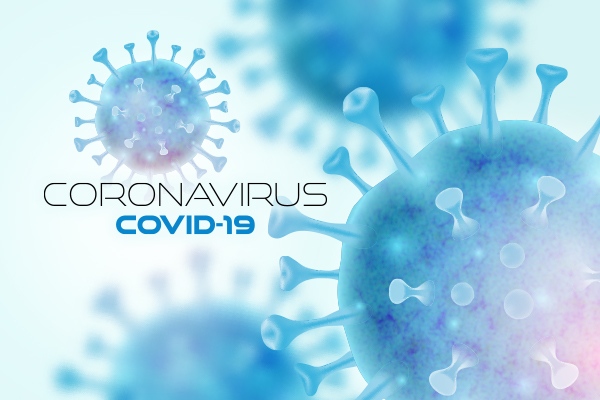
Broad-spectrum anti-viral effects against SARS-CoV-2 variants
As a protein molecule, Novaferon exhibits broad-spectrum antiviral activities through the induction of multiple cellular immune responses that inhibit most critical steps of viral replication in infected cells. This indicates that Novaferon would be effective against new strains of SARS-CoV-2, current variants of concern (e.g., Delta and Omicron) and future variants. Data from in vitro cell experiments has proved that the antiviral activities of Novaferon (expressed as EC50) against Delta and Omicron are identical (link to the related article).
Clinical development for COVID-19 treatment
In 2020, a phase II clinical study in 89 moderate COVID-19 patients was conducted in China. Inhalation of Novaferon resulted in faster negative conversion of respiratory viral RNA and better clinical outcomes than lopinavir/ritonavir. No drug-related adverse events were observed in Novaferon-treated patients. These results provided preliminary safety and efficacy data in support of Novaferon as an antiviral drug for COVID-19 treatment (link to the related article).
Two phase III clinical studies for mild COVID-19 patients in home settings and for moderate hospitalized COVID-19 patients are being conducted in Japan. A global phase III clinical study for moderate and severe hospitalized COVID-19 patients is being conducted in multiple countries. The preliminary results from the first cohort of the global study showed that Novaferon treatment reduced the risk of progressing to respiratory failure and death by nearly 60%, and shortened the time to negative conversion of respiratory viral RNA from 21 days to 7 days, in comparison to the group receiving the placebo.
Hepatitis B Treatment
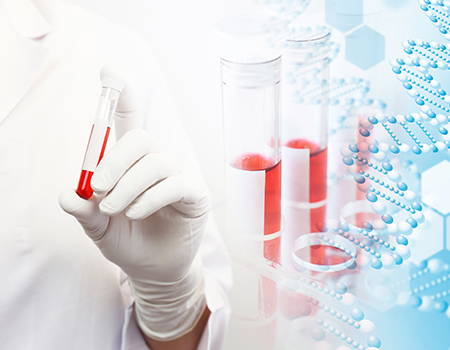
Malignant tumors and autoimmune diseases
With its potent immunomodulating functions, Novaferon is also being developed as an immunomodulating agent for a variety of autoimmune diseases such as rheumatoid arthritis, multiple sclerosis and systemic lupus erythematosus.
